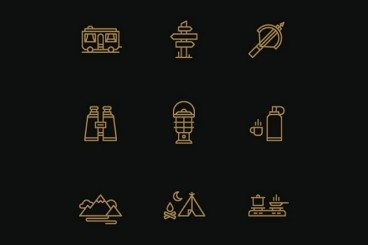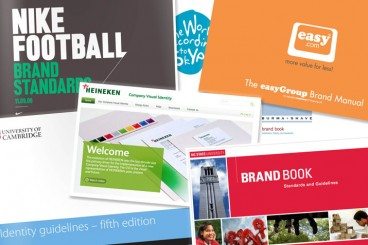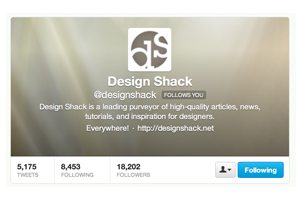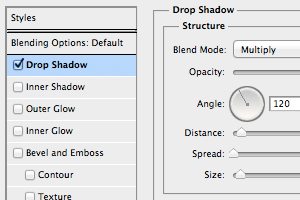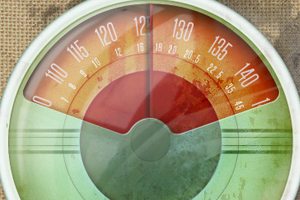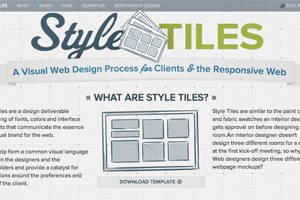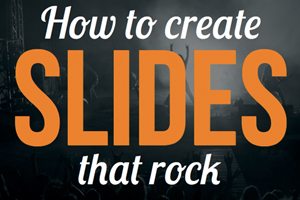
Graphics / 8 Jul 2013
Using Moo.com for Your Wedding Stationery
Weddings can be an expensive business. Photographers, venues, food, drink, entertainment, and all manner of other things to consider. But it’s also a fun opportunity for some design work! Wedding “branding” and stationery has the potential to be another big wedding expense, but by thinking a little creatively, you can not only give your special day a personal touch, but also cut down on the cost.
Today I’ll be sharing a little insight into how you can use your copy of Photoshop, and Moo.com, to create a fantastic array of different wedding stationery. We did it for our wedding a couple of weeks ago, and it went down brilliantly.
